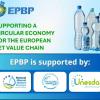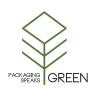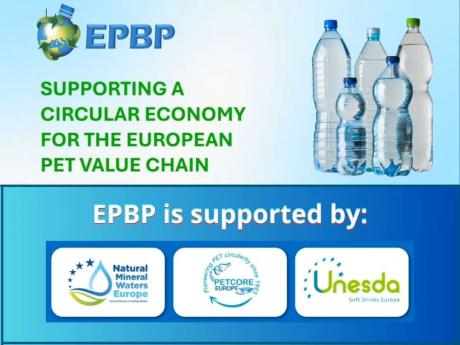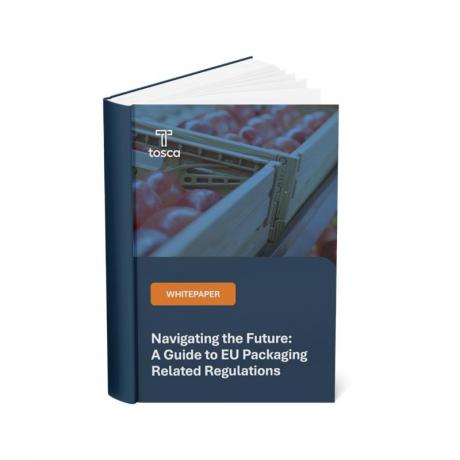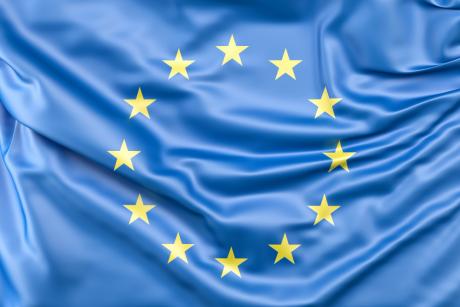EU lawmakers are currently striving to overhaul the bloc’s packaging rules for increased sustainability. The new Packaging and Packaging Waste Regulation aims to reduce waste thanks to higher recycling and reuse targets. The controversial law, which covers multiple packaging sectors, is considered an important milestone on the road to reduced plastic waste. A bumpy road, as the European Court of Auditors’ (ECA) auditors found.
In a review of EU action to tackle the issue of plastic waste, the auditors warned of a significant risk that the bloc might not meet its plastic packaging recycling targets for 2025 (50 %) and 2030 (55 %). Packaging, such as yogurt pots or water bottles, accounts for about 40% of plastic use and over 60% of plastic waste generated in the EU. It is also the type of packaging with the lowest recycling rate in the EU (just over 40 %).
The review also highlighted the member states’ reliance on non-EU countries to manage their plastic packaging waste and reach their recycling targets. In 2020, nearly a third of the plastic packaging reported as recycled by EU countries was in fact shipped outside the EU for recycling. However, due to the stricter conditions set by the Basel Convention, most of these plastic waste shipments were banned from January 2021. This, combined with the lack of capacity to process this waste within the EU, constitutes another potential threat to the achievement of the EU’s ambitious targets, warned the auditors.
At the same time, the auditors lauded the EU’s ambition to almost double recycling rates for plastic waste by 2030, highlighting the economic opportunities of such a policy. With its new approach, the EU could gain a first-mover advantage and consolidate its position as a global leader in plastic packaging recycling.


